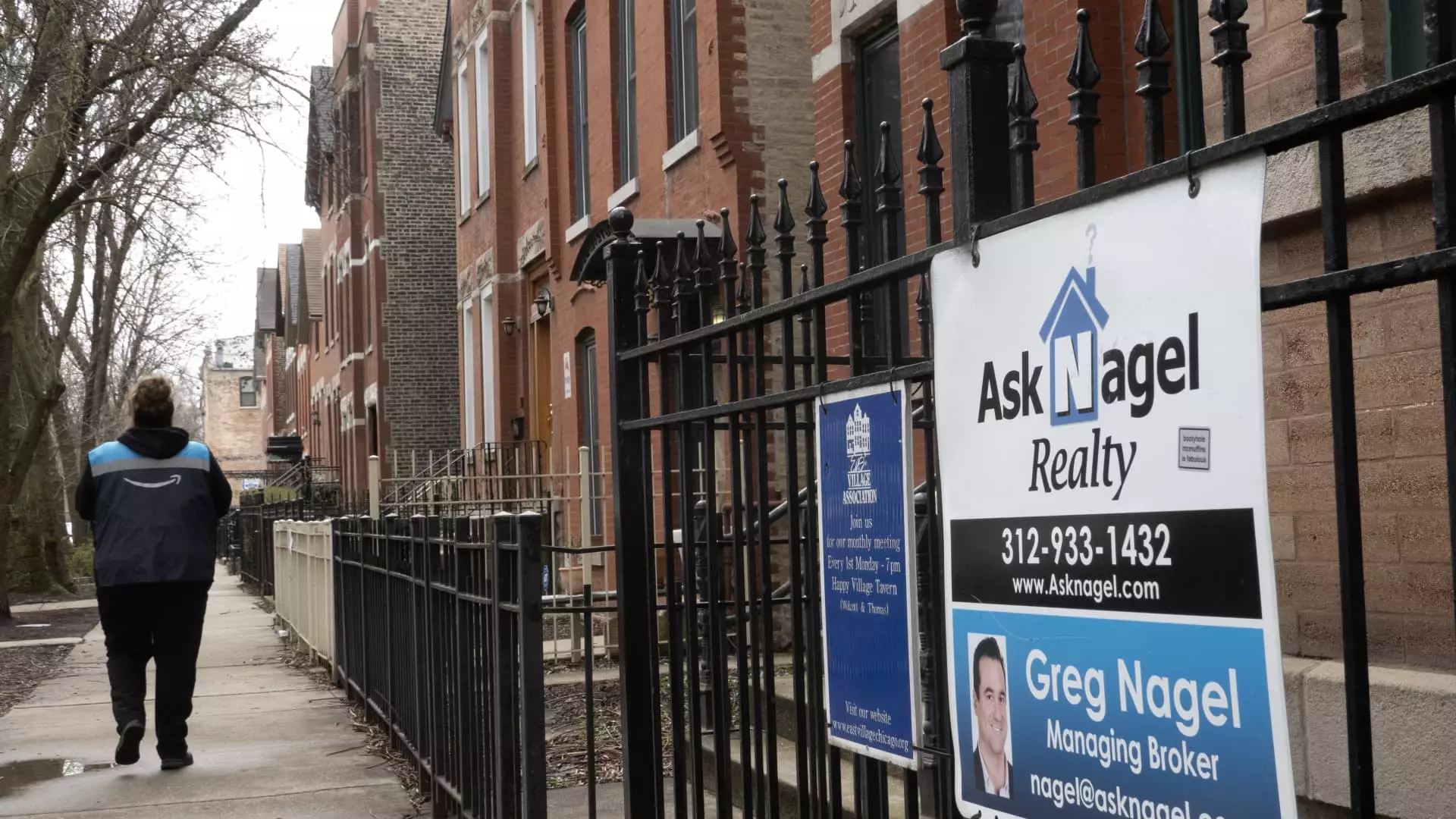Recent data from the National Association of Realtors has shown a significant drop in sales of previously owned homes in June. The sales decreased by 5.4% compared to May, amounting to 3.89 million units on a seasonally adjusted, annualized basis. Additionally, the sales were 5.4% lower than June of the previous year, marking the slowest sales pace since December. These closed sales were primarily based on contracts signed in April and May when the average rate on the 30-year fixed mortgage exceeded 7%. Although rates have slightly decreased since then, hovering in the high 6% range, there has been a noticeable transition from a seller’s market to a buyer’s market.
Rising Inventory Levels
One of the key indicators of this shifting landscape is the notable increase in inventory levels. The inventory surged by 23.4% compared to the previous year, reaching 1.32 million units by the end of June. Despite this jump from record lows, the supply only equates to a 4.1-month supply, falling short of the balanced threshold of a six-month supply. These inventory levels represent the highest supply since May 2020, driven by homes spending more time on the market. The average duration for a home to be on the market increased to 22 days from 18 days a year ago. However, even with this influx of new supply, prices continue to soar.
The median price of existing homes sold in June escalated to $426,900, reflecting a 4.1% growth year over year and hitting an all-time high for the second consecutive month. Notably, the higher end of the market witnessed more robust activity, with sales of homes priced over $1 million experiencing gains. Conversely, the lower price range of $250,000 and below saw the most substantial decline in sales. The supply of homes in the lower price segment remains constrained, despite experiencing a recent surge. While the national sales price remains elevated, new listing prices are showing a downward trend. This is attributed to an increase in smaller and lower-priced listings, with the number of homes for sale in the $200k to $350k range surging by 50% compared to the prior year.
Higher-end buyers are more inclined towards cash transactions, with 28% of sales being all cash, a slight increase from the previous year’s 26%. Investors, on the other hand, reduced their participation, comprising 16% of sales, down from 18% one year ago. As inventory continues to expand, Chief Economist Lawrence Yun of the Realtors anticipates two potential outcomes – either an increase in home sales or a stabilization in prices. This highlights the delicate balance between supply and demand in the real estate market, emphasizing the need for careful monitoring of these evolving trends.

